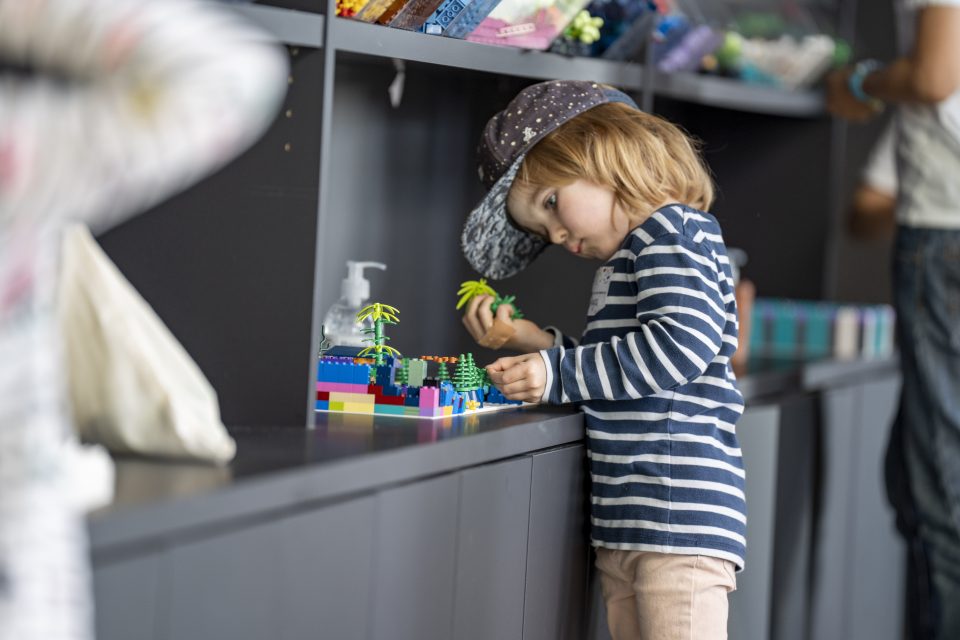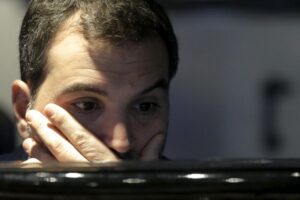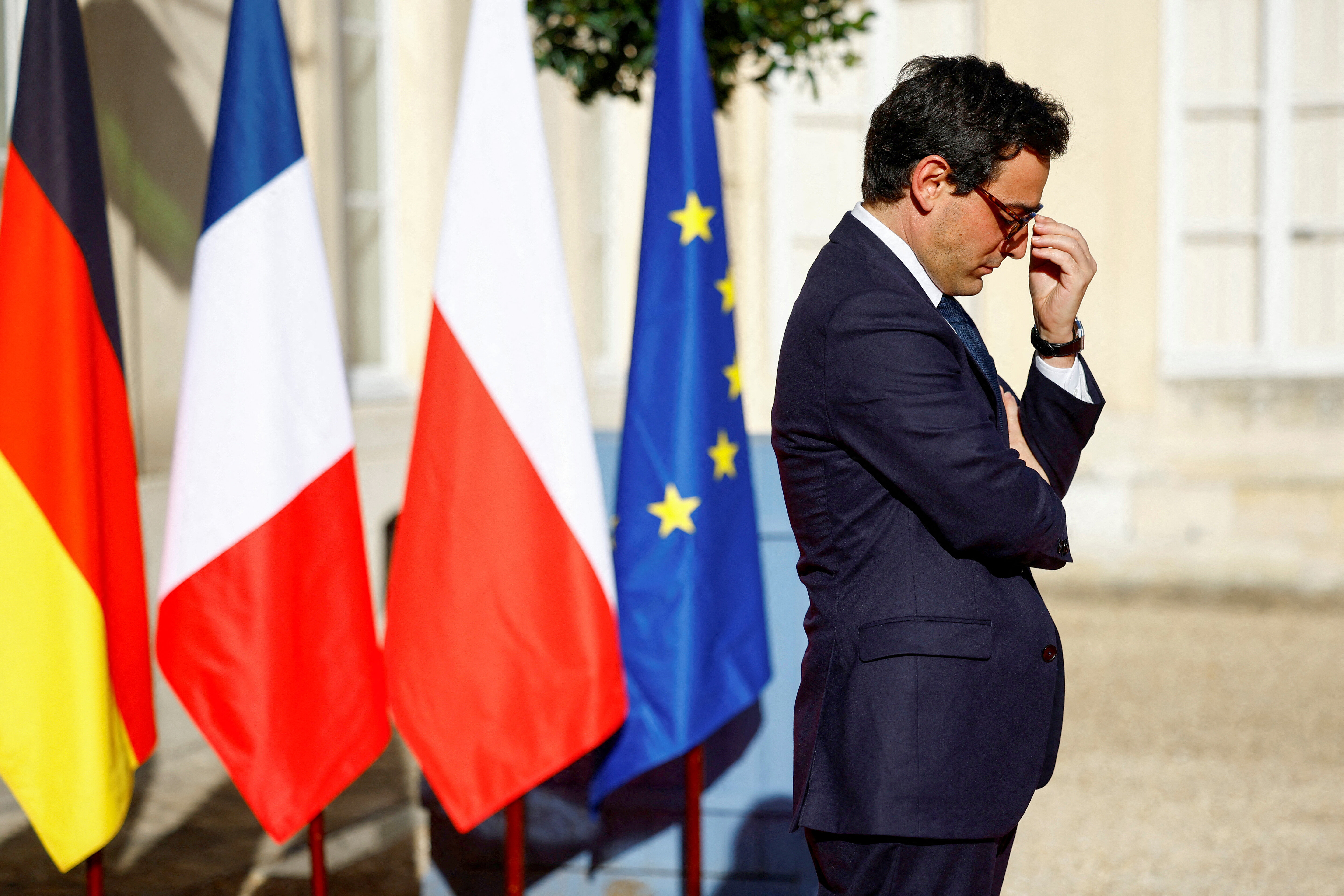Aliens, rovers and energy crystals: How Lego’s obsession with detail has kept fans hooked for 92 years and counting
Making toys for kids isn’t rocket science, but few others have done it as well (or for as long) as Lego has. Fortune takes a look at how the Danish company approaches the challenge, one brick at a time.

Opening a Lego set can feel equal parts overwhelming and exciting. With numerous bricks and tiny details laced into each element found in a box, the eagerness to build brick castles, rocket ships, city skylines, and more has attracted kids in droves for 92 years.
In 2024, few companies have been able to replicate Lego’s success. Its toys span generations, from adult hobbyists reconnecting with their favorite toys to the next generation.
Since its humble beginnings in 1932 as no more than a carpenter’s passion project, Lego toys have become an indispensable part of childhood. Name the topic, and there’s likely a set for it, whether architecture, anime, racing, or jazz music.

Kent Gavin—Keystone/Hulton Archive/Getty Images
Over the decades, Lego could very well have been replaced by more addictive and appealing electronic gadgets. But that wasn’t the case—if anything, things couldn’t be better for the family-owned Danish company. It outperformed the toy market with record sales in 2023, with a 2% revenue growth, notching DKK 66 billion ($9.7 billion) against a 7% decline in the broader industry.
What, then, is Lego’s secret sauce to keep kids (and, more recently, adults) hooked to its colorful bricks?
Fortune takes an exclusive look behind the scenes of Lego’s product development and the secret to keeping the iconic brand relevant.
One of Lego’s long-standing themes—space—illustrates what makes its approach unique and helps it stand the test of time. Space was one of the company’s three official categories within which it developed toys (“castle” and “city” were the others) dating back to the 1970s. It was meant to represent the mysteries of the future, much like castles did for the past. Space’s popularity with kids has endured through the years as it has captured kids’ imaginations as a realm of endless opportunities.
“Lego-building is a passion in its own right,” Julia Goldin, Lego’s chief product and marketing officer, told Fortune in an interview.
Listening to kids, for kids
Lego realized early on that there was no proxy to understanding what kids want without hearing from them directly. Goldin said the company made this deliberate decision about 10 years ago, and it’s helped the company change how it pursued toy-making.
“What makes a Lego set unique is, first and foremost, really understanding the audience,” Goldin said. “Not just understanding what will be of interest for them, but what are the right dynamics of the experience.”

© 2024 The LEGO Group
The quality of Lego’s bricks is another factor that sets it apart, as sets can get passed from one generation to the next, according to Frédérique Tutt, global toy industry advisor at market research firm Circana. Unlike mindless games, parents think their kids could gain something good from Lego toys, whether that’s engineering abilities or using their creativity.
“When parents buy Lego for their child, they think it’s going to help them build their brain,” Tutt told Fortune. “They [Lego] try to develop products for anyone and everyone.”
Turning an idea into reality
As a long-time toy maker, Lego has developed a well-oiled machine to help it constantly generate new ideas. The company does a “boost week” once a year—think of it like a rapid brainstorming session typically associated with startups that spur new concepts. Designers come up with fresh ideas or work on existing ones, giving them creative freedom outside their day-to-day schedules. There isn’t a checklist of what needs to be achieved, although the goal is to see what can be turned into a potential Lego set, said Daniel Meehan, one of the brick company’s creative leads.
The next step is to figure out how “codable” the models are, including finding elements that tell stories and make them easier to play with, like Lego astronauts or purple collectible crystals.
In addition to milking ideas from the company’s designated toy developers, the company hears directly from its audience.
“We play-test stuff as well with kids extensively,” Meehan said.
The company brings kids together across the world, from Germany to China, to see what they want more of. That process yielded one of the critical elements we see in Lego’s space-themed sets today, said Meehan, who is spearheading the company’s recent space campaign.
During one of its space “DIY tests,” one of the kids was flying around a vehicle with wheels, collecting aliens along the way—both of which weren’t part of the initial set’s design.
“We’re very practical, we’re adults … but in the eyes of kids, it was a perfect space flying vehicle. But there was one complaint: he [the kid] said we need more aliens. And we actually did put more aliens in the box as a result of that one kid,” Meehan said.

© 2024 The LEGO Group
The addition of aliens to Lego sets, such as in a Lego space station, adds more layers to what would otherwise be a straightforward set and also marks a common thread that ties sets from other categories together. For instance, Lego aliens can also be found in the space science lab and rover sets. The little green creatures were deliberately designed to look alike as a cue to Lego builders, Meehan tells Fortune.
Lego’s quality and complexity can make its products expensive—sometimes pricier than the latest iPhone. That’s especially true of products pulled out of the market, making them rare. The novelty of its products has made them a collector’s dream and even the object of $100,000 heists in the U.S. The company says it offers sets across different price points so no one feels priced out. Its most simplified products can cost single-digit dollars, just as its 7,500-piece Millennium Falcon set could cost about $960.
For the love of detail
To be sure, Lego’s care for quality and detail isn’t a new phenomenon. The company’s founder, Ole Kirk Kristiansen, imbibed it strictly to his son, who once tried using two instead of three coats of paint to hasten an order and was reprimanded.
The company’s penchant for detail applies not just to its space creations or toy development process but also to its business. Goldin, for instance, straddles meetings that look at the company’s present performance while also discussing the pipeline for the next few years.
So much of the Danish company’s legacy as a toy maker is linked to how it makes play accessible across age groups, interests, and experience levels. The theme of space, Meehan explains, can be aimed at three types of audiences: storytellers, who are mostly kids with a fascination for the subject; enthusiasts, who have an interest in learning about the field; and others, who are generally drawn to all things space, including its artistic side.
“Another strength they have is they appeal to the young children as well as the teenagers or adults with intricate pieces. So, they grow with you,” Tutt said.

Marc Mueller—Getty Images for LEGO Summer Birthday Bash
The granular approach also applies to how Lego prices products and designs, and markets sets for its up-and-coming adult fanbase, ensuring there’s a toy for everyone. But one thing is sure: irrespective of the motivations, the company tries not to dial down on details because that gives Lego toys their character.
Goldin says Lego fans “really notice” the little elements it adds, as they “bring a lot of excitement.”
“It’s much more than a toy because it’s a very immersive experience,” she said.






